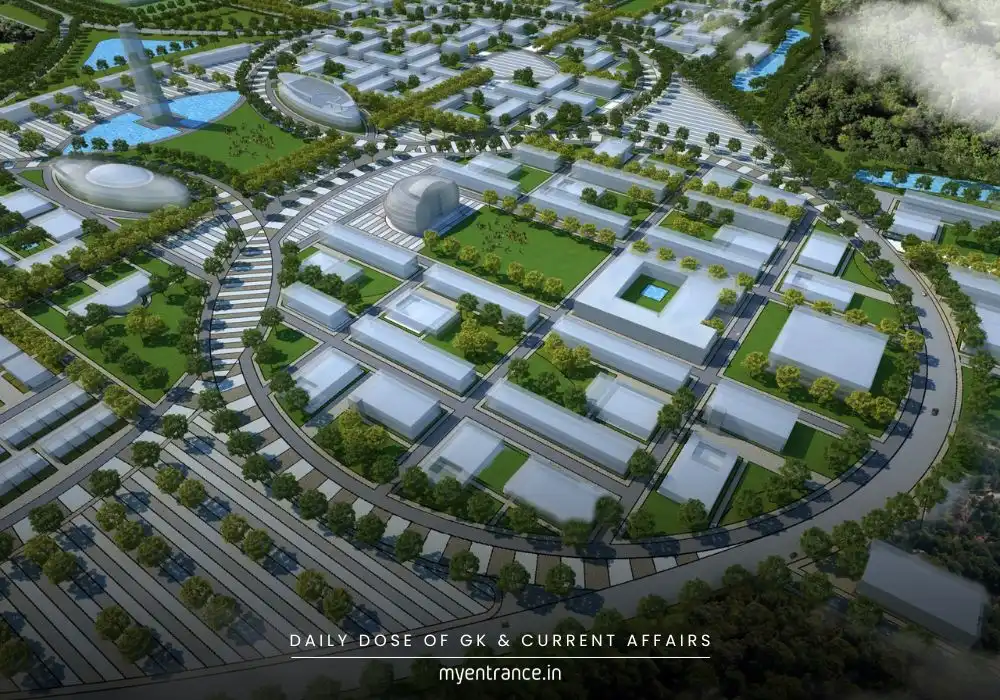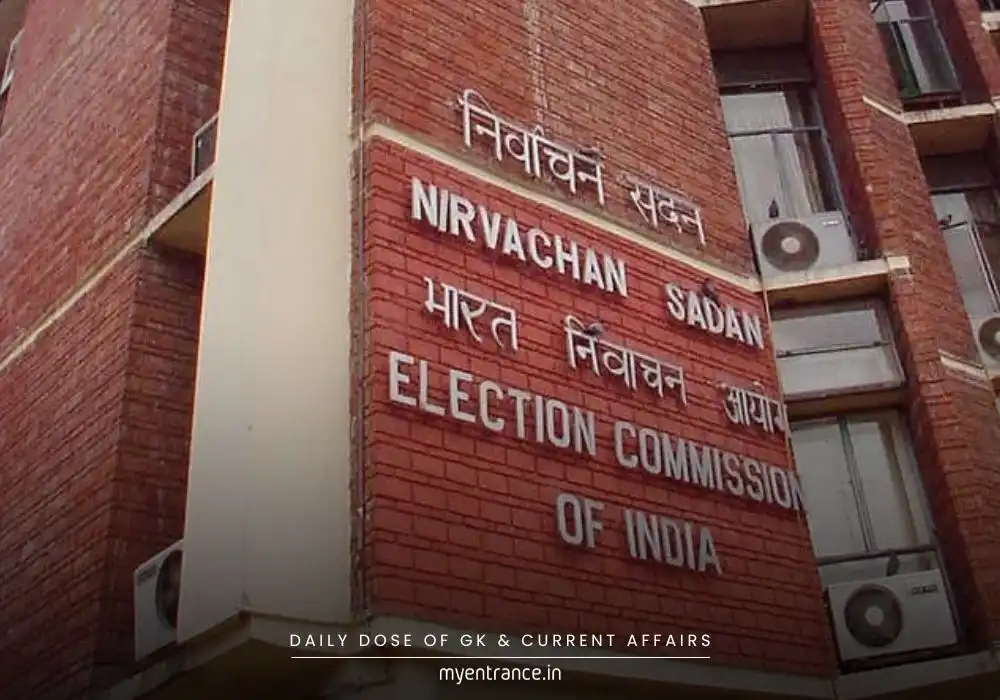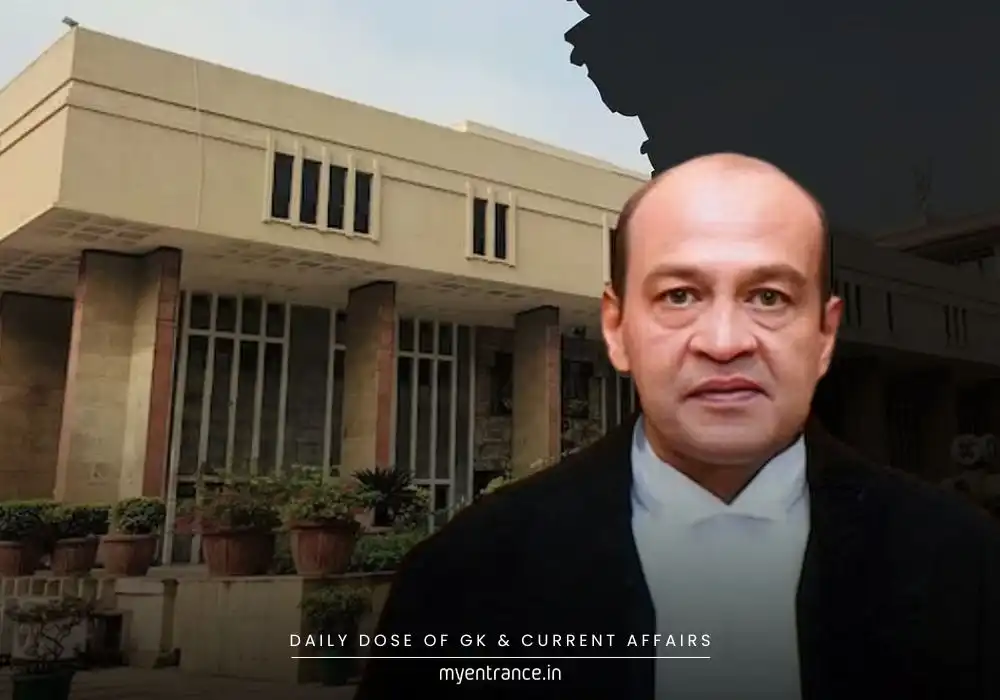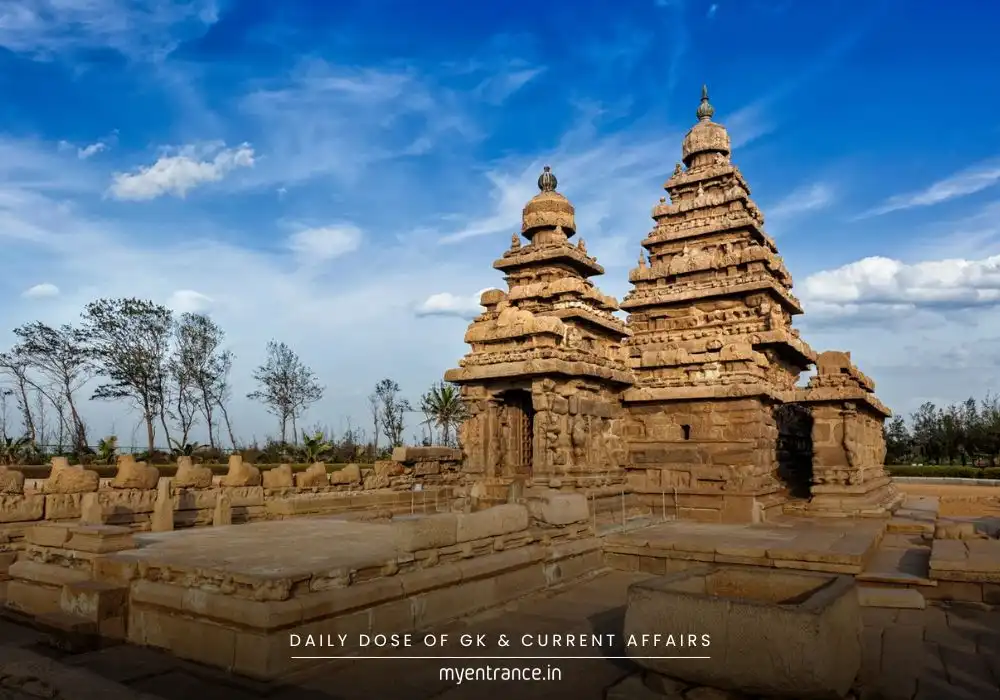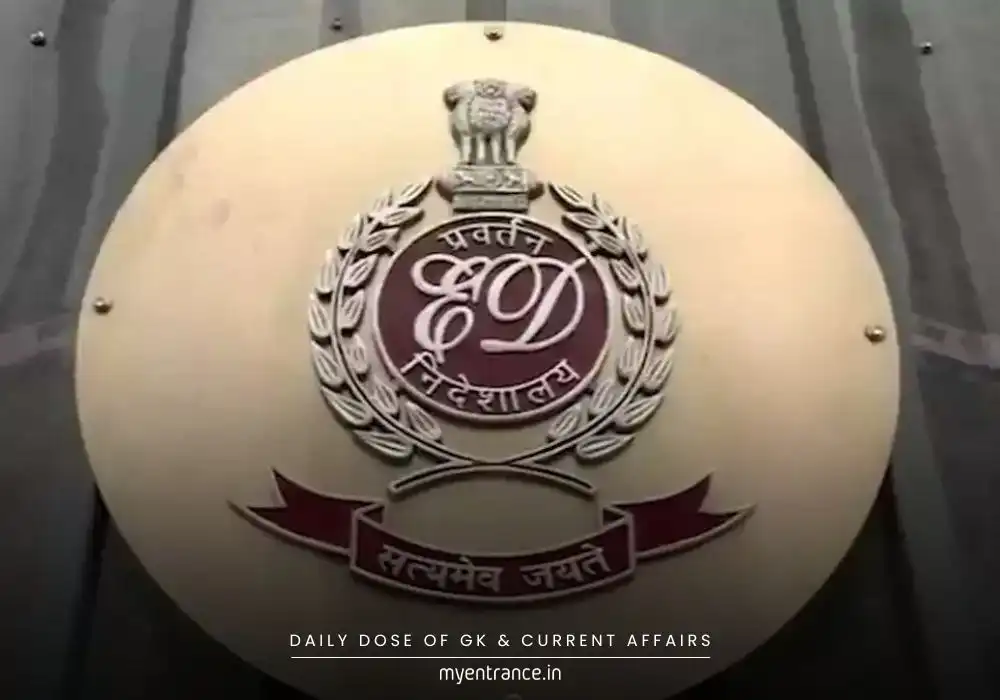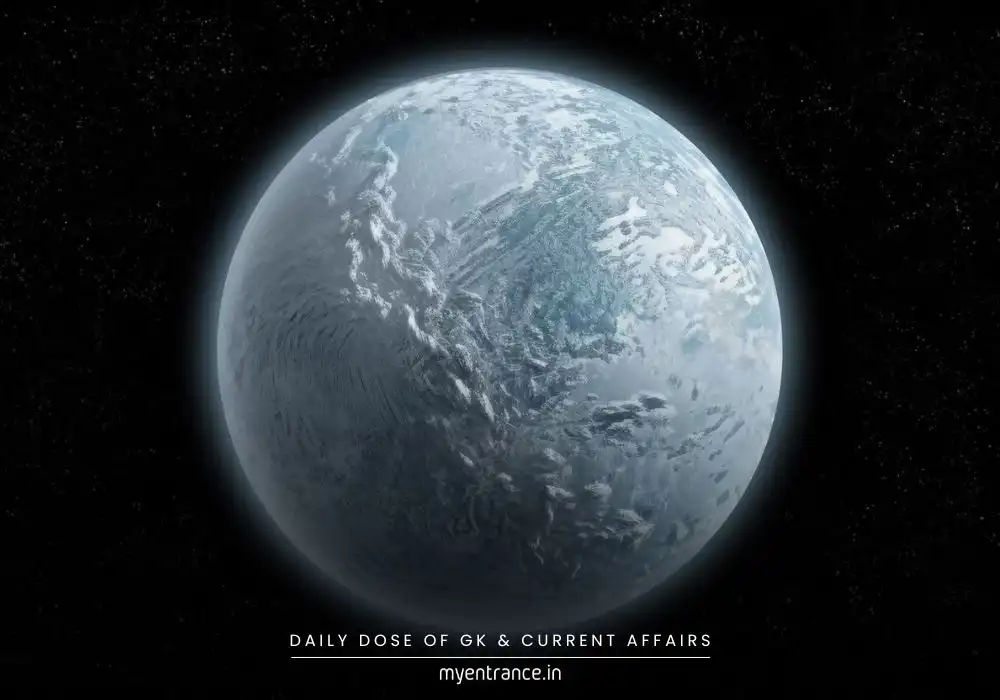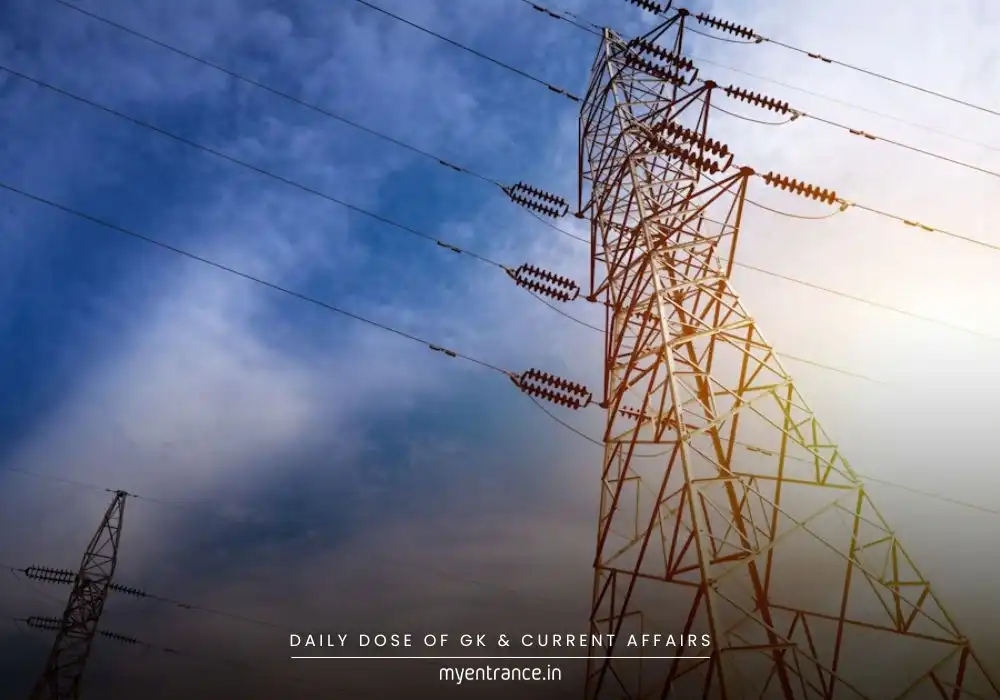Translate Language
NISAR Launch: Why Is This $1.5 Billion Mission a Game-Changer for India?
NASA and ISRO are set to launch NISAR, the world’s most advanced Earth-observing satellite, on July 30. This mission—and India’s upcoming lunar project, LUPEX—promise revolutionary insights into climate change, disasters, and lunar water. For competitive exam aspirants, these missions are critical science-tech topics.
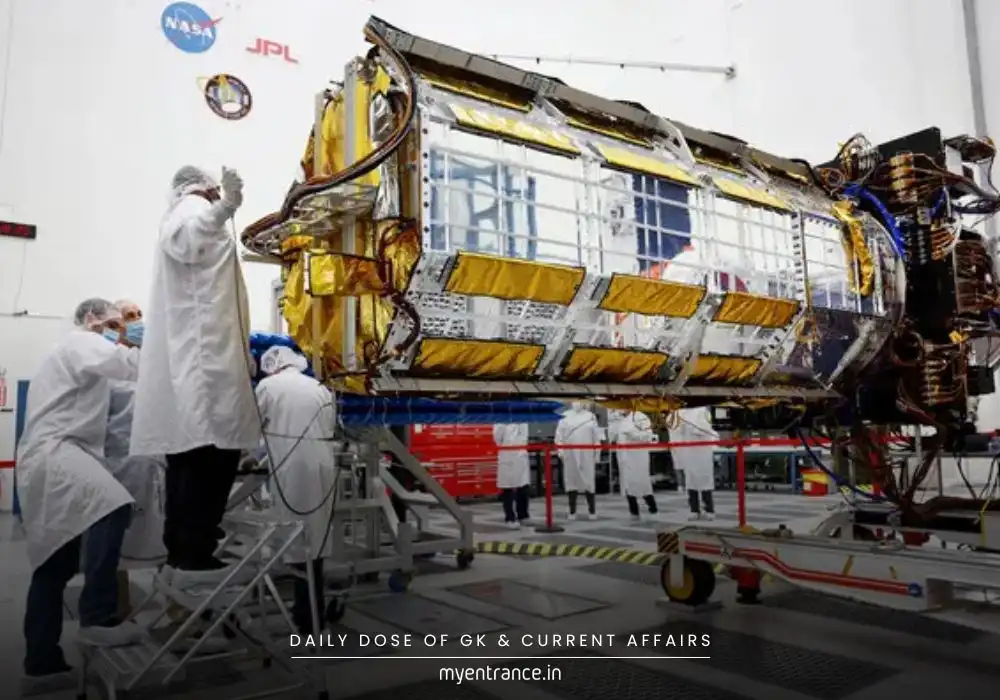
NISAR: The Earth’s High-Tech Guardian
Why in the news?
After delays due to technical glitches, NISAR (NASA-ISRO Synthetic Aperture Radar) will finally lift off from Sriharikota on July 30 at 5:40 PM. This joint mission, born from a 2014 partnership, is a marvel of global environmental tracking.
Key Features:
Dual-Frequency Radar: NISAR is the first satellite to combine NASA’s L-band and ISRO’s S-band radars. This lets it detect minute surface changes (as small as 1 cm!) through clouds or darkness—ideal for all-weather monitoring.
Unmatched Coverage: Orbiting 734 km above Earth, it will map the entire planet every 12 days, delivering ultra-detailed images.
Engineering Triumph: Harmonizing two radar systems on one satellite was a massive challenge. Each frequency specializes in different measurements—like soil moisture, ice movement, or forest density—without interference.
Real-World Impact: From tracking glaciers and earthquakes to predicting floods and crop health, NISAR’s data will combat climate threats and aid disaster management.
High Stakes: At $1.5 billion, it’s history’s costliest Earth-observation satellite. ISRO invested ₹469 crore and will handle the launch via GSLV-F16.
LUPEX: India-Japan’s Lunar Water Hunt
India’s next moon mission, Chandrayaan-5 (LUPEX), is a collaboration with Japan’s JAXA, targeting a 2027–28 launch. Here’s why it matters:
Mission Goal: Probe water-ice deposits in the Moon’s polar regions using a rover capable of drilling and sampling soil.
Tech Partnerships:
ISRO is building the lander; JAXA designs the 350-kg rover (which can climb 25° slopes!).
Instruments from ESA (mass spectrometer) and NASA (neutron spectrometer) will analyze water content and elemental composition.
Chandrayaan-4: Approved in March 2024, this follow-up will bring lunar samples back to Earth—a first for India!
Moon’s Dark Side? If successful, LUPEX may extend its mission to explore the Moon’s far side.
Questions for Competitive Exams
Q: What makes NISAR’s dual-frequency radar unique?
A: It combines NASA’s L-band (sensitive to vegetation and soil moisture) and ISRO’s S-band (tracks surface roughness and motion) to capture high-resolution data day/night, in any weather.
Q: How will LUPEX contribute to lunar exploration?
A: It will drill into the Moon’s surface, analyze water-ice samples, and map subsurface water distribution—key for future human missions.
Q: Why is NISAR’s sun-synchronous orbit crucial?
A: At 734 km, it ensures the satellite passes the same location daily at consistent times, enabling regular, comparable Earth scans.
Q: Which agencies are collaborating on LUPEX’s instruments?
A: JAXA and ISRO lead the mission, with NASA providing neutron spectrometers and ESA developing mass spectrometers.
Q: What practical applications will NISAR data have for India?
A: Monitoring soil health for agriculture, predicting floods, tracking deforestation, and assessing earthquake/landslide risks.
Why Is This Important for Exams?
UPSC/SSC/PSC Aspirants, Take Note!
High Probability Topic: Space missions like NISAR and LUPEX feature repeatedly in UPSC prelims and mains (e.g., questions on SAR technology, international collaborations).
Multidisciplinary Linkages: These missions tie into environmental science (climate change), geography (disaster management), and current affairs (India’s space diplomacy).
Global Relevance: NISAR exemplifies India’s rising role in global tech partnerships—a hot topic for essays and interviews.
Factual Edge: Key stats (e.g., NISAR’s $1.5 billion cost, LUPEX’s 2027 launch) are crucial for objective-type exams like SSC and KAS.
Get 3 Months Free Access for SSC, PSC, NIFT & NID
Boost your exam prep!
Use offer code WELCOME28 to get 3 months free subscription. Start preparing today!



